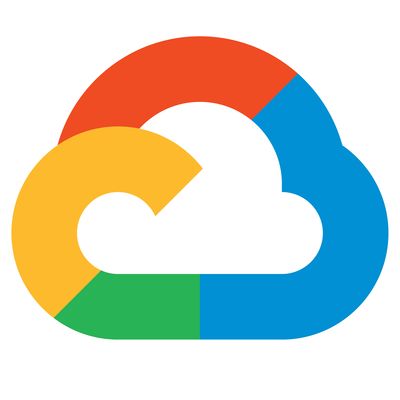The Google Cloud Platform Podcast, coming to you every week. Discussing everything on Google Cloud Platform from App Engine to BigQuery.
https://www.gcppodcast.com
Data Visualization with Manuel Lima
Gabi Ferrara and Jon Foust are back today and joined by fellow Googler Manuel Lima. In this episode, Manuel tells us all about data visualization, what it means, why it’s important, and the best ways to do it effectively.
For Google and its mission, data visualization is especially necessary in facilitating the accessibility of information. It “makes the invisible visible” because of the way it can decode meaningful data patterns. Working across multiple GCP products, Manuel and his team build advanced visualization models that go beyond graphs and bar charts to things like sophisticated time lines that aid in the progression from data to usable knowledge. They have also created guidelines for things like what kind of graphical language to use, what type of charts users might need, and more. These guidelines, originally used only internally, have now been adjusted and released for use by developers outside Google with the help of the Material.io team.
The guidelines are based around the six data visualization principles that help users get started. They can be employed to plan and inspire an entire project or to evaluate a specific data visualization chart. Some of the most important principles are to be honest and to lend a helping hand. You can read more in their Medium article, Six Principles for Designing Any Chart.
Manuel LimaA Fellow of the Royal Society of Arts and nominated by Creativity magazine as “one of the 50 most creative and influential minds of 2009,” Manuel Lima is the founder of VisualComplexity.com, Design Lead at Google, and a regular teacher of data visualization at Parsons School of Design.
Manuel is a leading voice on information visualization and has spoken at numerous conferences, universities, and festivals around the world, including TED, Lift, OFFF, Eyeo, Ars Electronica, IxDA Interaction, Harvard, Yale, MIT, Columbia, the Royal College of Art, NYU Tisch School of the Arts, ENSAD Paris, the University of Amsterdam, and MediaLab-Prado Madrid. He has also been featured in various publications and media outlets, such as Wired, the New York Times, Science, Nature, Businessweek, Fast Company, Forbes, The Guardian, BBC, CNN, Design Observer, Creative Review, Eye, Grafik, étapes, and El País. His first book, Visual Complexity: Mapping Patterns of Information, has been translated into French, Chinese, and Japanese. His latest, The Book of Circles: Visualizing Spheres of Knowledge, covers 1,000 hundred years of humanity’s long-lasting obsession with all things circular.
With more than twelve years of experience designing digital products, Manuel has worked for Codecademy, Microsoft, Nokia, R/GA, and Kontrapunkt. He holds a BFA in Industrial Design and a MFA in Design & Technology from Parsons School of Design. During the course of his MFA program, Manuel worked for Siemens Corporate Research Center, the American Museum of Moving Image, and Parsons Institute for Information Mapping in research projects for the National Geospatial-Intelligence Agency.
Cool things of the week- Compute Engine or Kubernetes Engine? New trainings teach you the basics of architecting on Google Cloud blog
- Stadia comes next month site
- Google Cloud named a Leader in the 2019 Gartner Magic Quadrant for Full Life Cycle API Management for the fourth consecutive time blog
- Google Hardware Event
- Pixel 4 is here to help blog
- Meet the new Google Pixel Buds blog
- Nest Mini brings twice the bass and an upgraded Assistant blog
- More affordable and portable: let’s Pixelbook Go blog
- Material.io site
- Data Visualization Guides site
- Six Principles for Designing Any Chart article
- Google’s six rules for great data design article
- BigQuery site
- Stackdriver site
- Google Analytics site
What are the most common products used in cloud gaming?
- Cloud Spanner for storing player authentication and inventory or long-term state storage site
- Redis is used in Open Match
- VM’s have been the most commonly used product for game servers but there has been a shift to Kubernetes
- Pub/Sub
Gabi will be at Full Stack Europe.
Jon will be at Kubecon in November to run a workshop on Open Match.
Sound Effect Attribution- “Small Group Laugh 6” by Tim.Kahn of Freesound.org
- “Jingle Romantic” by Jay_You of Freesound.org
